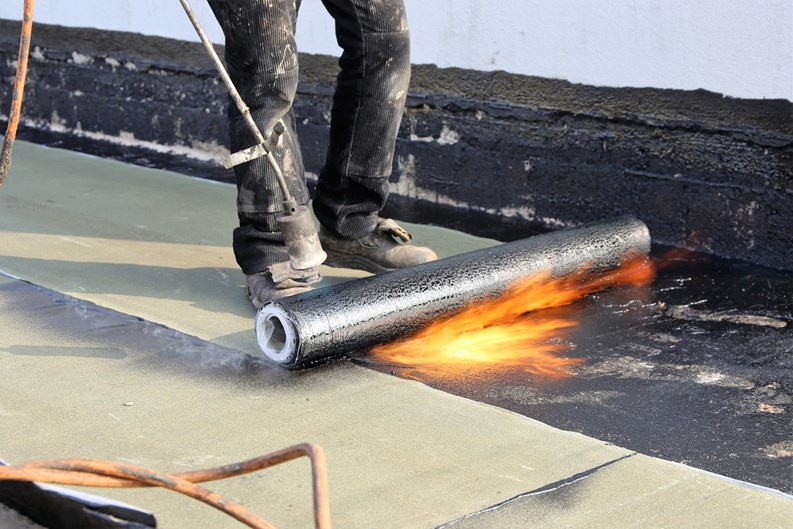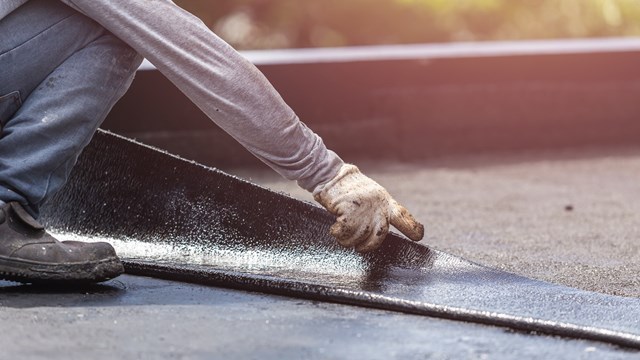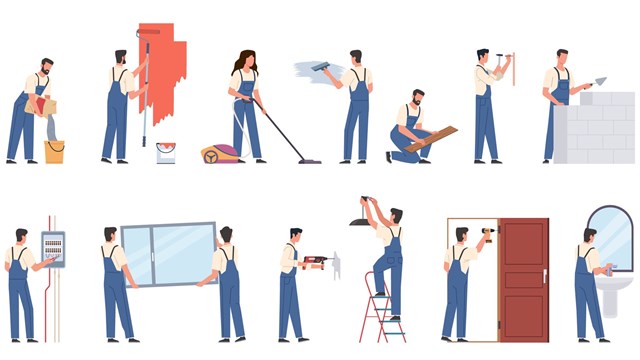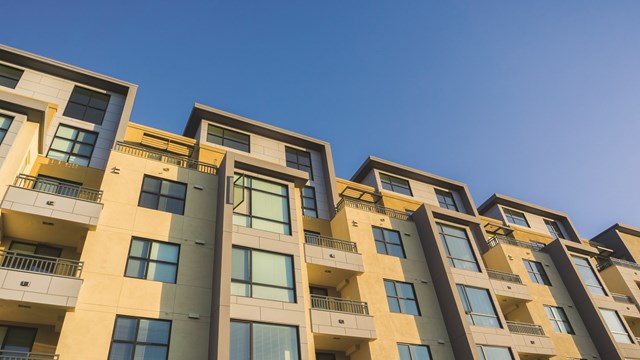As we move toward spring and summer, major capital improvement projects become the focus for many co-op and condominium communities. One of the largest projects your community may undertake is a roof replacement. Whether a high-rise, mid-rise, or townhouse type community, replacing a roof will be necessary at some point in the life of your physical plant. And as daunting as such a large project can be, a roof replacement is the best time to consider some potential “add-ons” that can help your next roof last longer and provide you with even more benefits.
The Life of a Roof
The lifespan of a typical roof is between 20 and 25 years. Rain, wind, ice and heat take their toll over time, of course - that’s unavoidable. But what can we do to perhaps extend that life out a little longer? The answer lies in focusing attention on components of the new roof and adjacent systems to give that roof a chance to exceed expectations.
“A complete roof replacement is the ideal time to address any other potential upgrades while access can be provided to other building systems,” says Michael Popeck., building design manager, Northeast, for GAF Building & Roofing Science, a national roofing company headquartered in Parsippany, New Jersey. “Thermal insulation is usually the first upgrade discussed, since the concept is easy to understand. As you increase thermal resistance, you typically increase the thermal performance of the building. A roof replacement project is typically the time to address building insulation as well, because you have access to either add insulation within the exterior roof framing, or increase the amount being added within the roofing assembly itself. There’s also the potential to address air and water vapor transmission from the building through the roof, which is often overlooked. Installation of an air and vapor retarder on the conditioned side of the thermal insulation can greatly improve thermal efficiency and prevent any problems due to the movement of air through the structure which can carry moisture to unintended locations.”
Matthew Zachor, senior project manager with National Contractors located in Ewing, New Jersey, explains further; “Upgrades may include improving roof ventilation, adding or upgrading your insulation, and upgrading skylights. Roofing not only includes the roof itself, but also integrating sidewalls for comprehensive waterproofing. Installing a high-quality gutter system and ensuring that both bathroom and dryer vents are properly vented to the outdoors.
Tightening up the connections and boundaries of the actual roofing materials with those with which the roof interfaces is perhaps the key element in extending the life of your new roof.
Energy Upgrades
Another consideration when replacing your roof is whether or not solar panels are a good choice for your community. Depending on where you live, some municipalities are offering incentives to move toward solar energy use and others are implementing penalties for those communities that don’t. It’s clearly a carrot-and-stick approach.
“The two upgrades being required in New York City at this time for both new buildings and existing structures undergoing roof replacement – including buildings where even the deck is replaced – is the installation of green roofs and of solar panels for renewable energy. These requirements are commonly known as Local Laws 92 and 94 of 2019,” explains Antonio Argibay, principal of Meridian Design Associates, located in New York City.
Communities considering placement programs and upgrades for solar energy and green roofs should consider several factors before making their decision. Most importantly, as building size, exposure to direct or indirect sunlight, and community energy usage, are all factors in the ultimate success of solar energy panels on your roof, one should consult Con Edison and NYSERDA in New York to determine the viability of your project. When replacing your roof look at the whole picture. It may save you money in the long run.










Leave a Comment